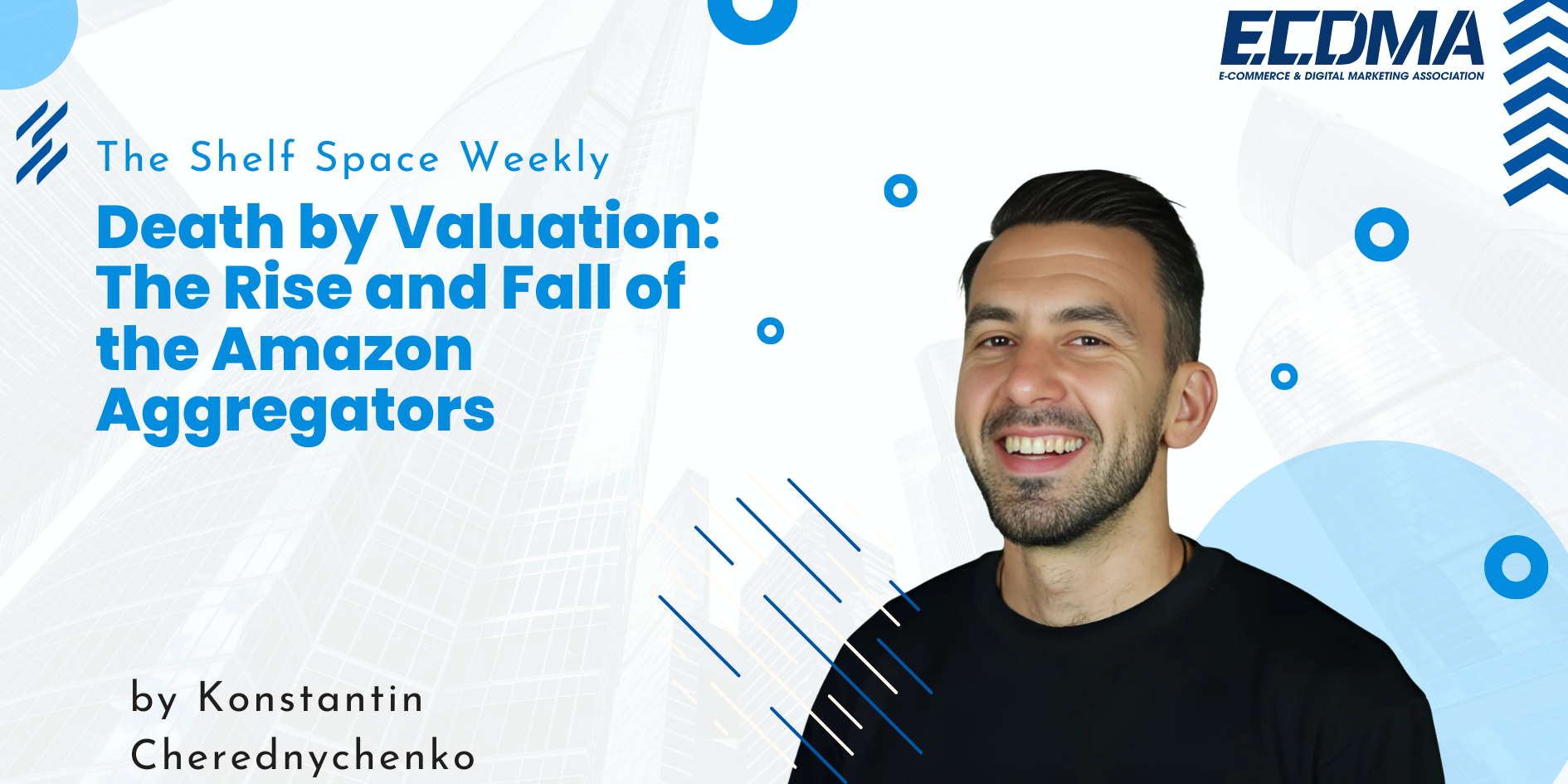
Thrasio’s collapse didn’t kill the aggregator idea—it exposed the illusion that cheap capital could replace disciplined execution. The model was sound. The timing wasn’t.
The Rise and the Bubble
At its core, Amazon brand aggregation was a simple private equity play: buy profitable small sellers, integrate operations, cut redundant costs, and scale with efficiency. In 2018, Thrasio proved it could work, buying brands at roughly 2x EBITDA. By 2021, with $3 billion raised and more than 100 copycats chasing deals, valuations ballooned to 7x—often for what insiders now call “Chinese vaporware garbage.”
Zero interest rates fueled the bubble. $12.3 billion flowed into aggregators in 2021, 75% of it debt. Every deal pushed valuations higher, erasing the very margins that made consolidation viable. By 2022, the music stopped. Capital dried up, debt covenants froze, and operations cracked under impossible speed.
The Execution Trap
Thrasio grew from 4 founders to 1,600 employees in under three years, acquiring over 200 brands across ten countries. The operational complexity was staggering. At one point, a single inventory miscommunication triggered millions in accidental orders across the portfolio—thousands of SKUs sitting in warehouses, cash locked in pink umbrellas no one wanted.
The truth is, running 200 Amazon brands is not like running software. There are no graceful rollbacks. Every wrong order has storage fees, aging inventory, and disillusioned teams. The best sellers on Amazon aren’t lucky—they’re precise. They’ve mastered hundreds of small, invisible details that no spreadsheet or integration plan can replicate overnight.
Meanwhile, the platform itself evolved. Marketplace Pulse data shows fewer total sellers today, but over 100,000 now generate $1M+ annually. In other words, aggregators were buying into a more professional, more competitive market just as their internal systems were least capable of managing it.
What Survived
Ironically, the aggregation model still works—just not with Amazon brands during a capital bubble. Software aggregators like Threecolts and Carbon6 proved that by rolling up SaaS tools instead of physical inventory, securing valuations north of $200 million. Same logic, different asset class.
The lesson is discipline. Aggregation succeeds when economics are rational and operations are slow, boring, and exacting. It fails when money is free, multiples climb, and speed replaces sense.
Thrasio’s fall isn’t an obituary—it’s an autopsy. The patient didn’t die of the disease; it overdosed on the cure.






